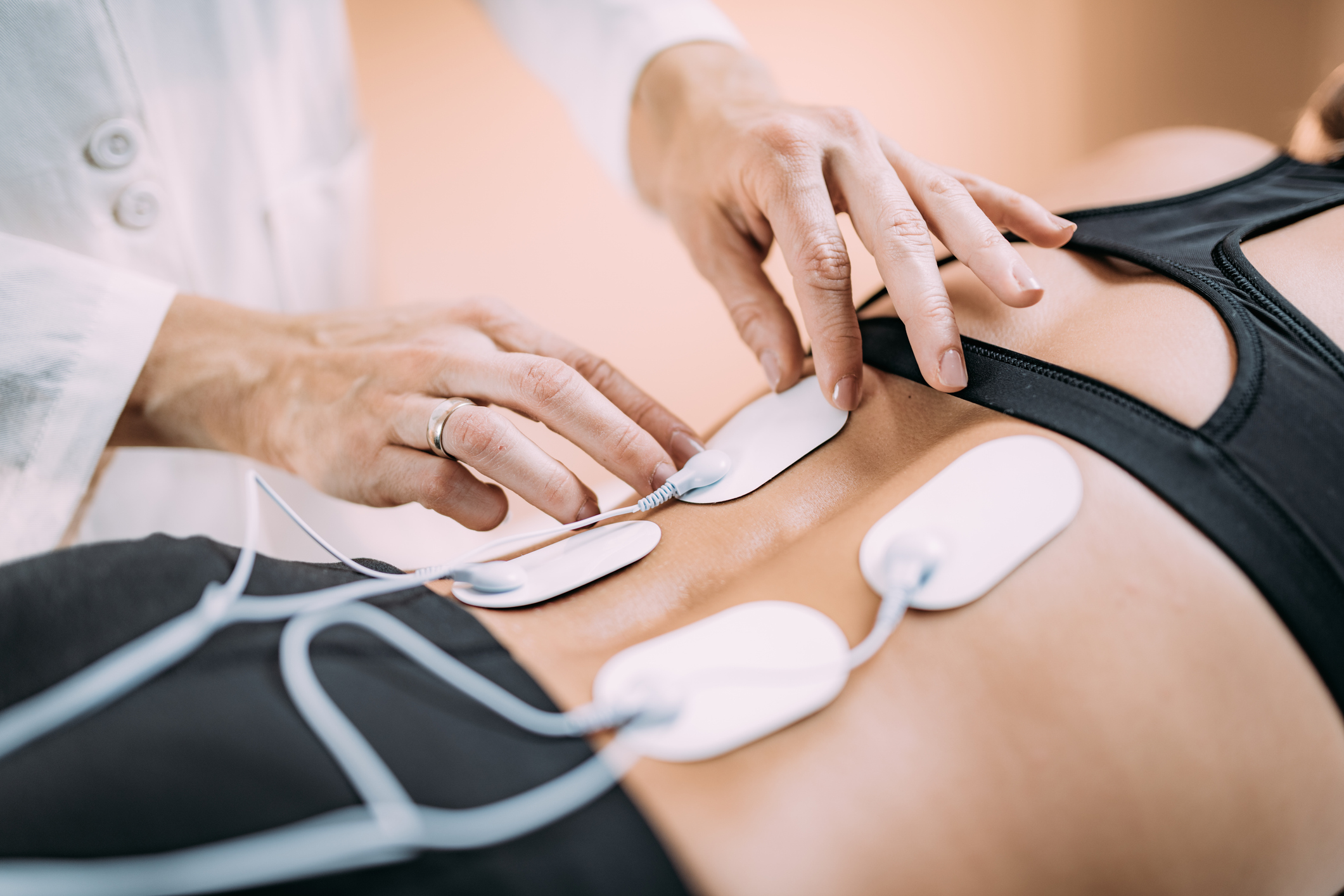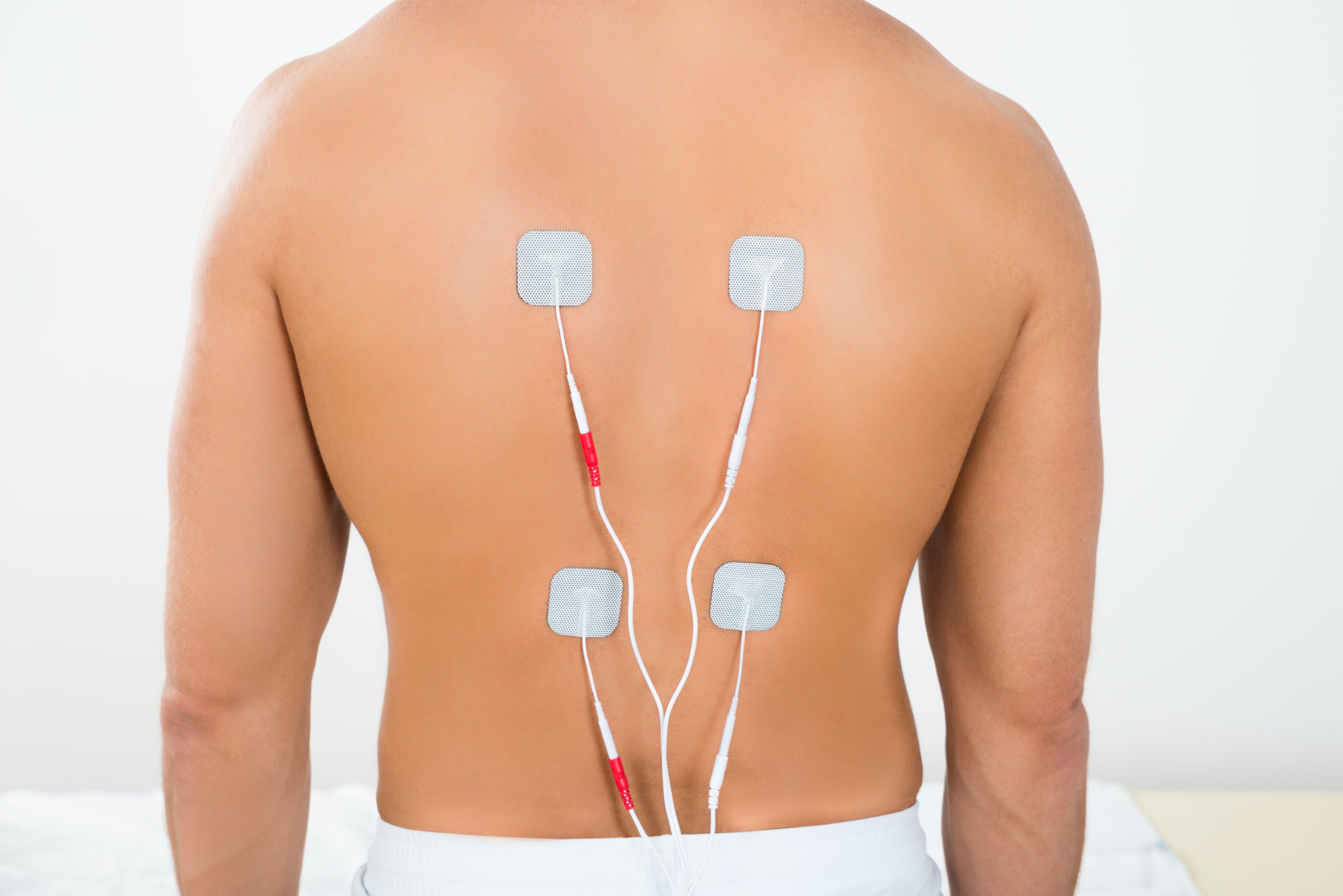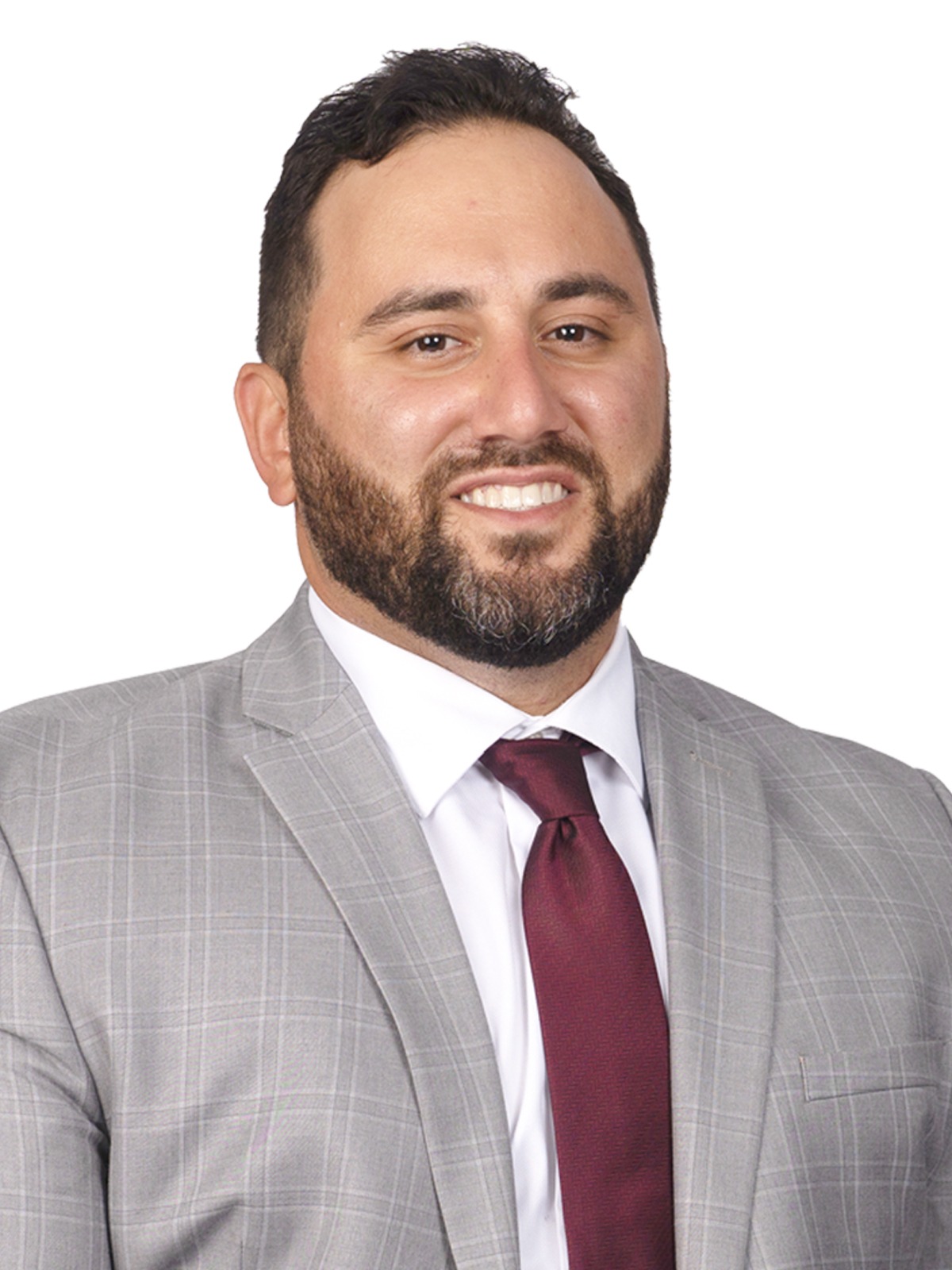What is a Spinal Cord Stimulator?
A Spinal Cord Stimulator (SCS) is an implantable device used to manage chronic pain by sending mild electrical impulses to the spinal cord. These impulses interfere with pain signals before they reach the brain, effectively reducing the sensation of pain. SCS therapy can be an effective solution for individuals suffering from chronic back, leg, or arm pain that has not responded to other treatments.

Why Might You Need a Spinal Cord Stimulator?
A Spinal Cord Stimulator may be recommended if you experience:
- Chronic Back Pain: Persistent pain that has not improved with other treatments.
- Failed Back Surgery Syndrome (FBSS): Continued pain after spinal surgery.
- Complex Regional Pain Syndrome (CRPS): A chronic pain condition affecting a limb.
- Peripheral Neuropathy: Nerve damage causing pain in the arms or legs.
- Radiculopathy: Pain radiating from the spine into the extremities.
What Are the Steps in a Spinal Cord Stimulator Procedure?
Preoperative Preparation
- Medical Evaluation: Comprehensive review of your medical history, symptoms, and previous treatments.
- Diagnostic Testing: MRI, CT scan, or X-rays to assess the condition of the spine and identify the source of pain.
- Informed Consent: Detailed discussion of the procedure, potential benefits, and risks.
During the Procedure
- Patient Positioning: You will be comfortably positioned to allow easy access to the spine.
- Local Anesthesia: The area where the device will be implanted is numbed.
- Trial Implantation: A temporary stimulator is placed to test its effectiveness in reducing pain.
- Permanent Implantation: If the trial is successful, a permanent SCS device is implanted under the skin, with leads positioned near the spinal cord.
Postoperative Care
- Observation: Brief period of monitoring after the procedure to ensure there are no immediate side effects.
- Device Programming: The SCS device is programmed to deliver the optimal level of stimulation for your pain relief.
- Activity Guidelines: Recommendations on limiting activity for a short period to allow for proper healing.

Recovery and Rehabilitation
Postoperative Care
- Immediate Effects: Many patients experience significant pain relief shortly after the device is activated.
- Pain Monitoring: Keeping a diary of pain levels to track the effectiveness of the SCS therapy.
- Follow-Up Appointments: Scheduled to assess your response to the stimulation and make any necessary adjustments to the device settings.
Potential Complications
While SCS implantation is generally safe, potential complications can include:
- Infection: Risk of infection at the implant site.
- Device Malfunction: Rare but possible issues with the device or leads.
- Lead Migration: Leads may move from their original placement, requiring adjustment.
- Allergic Reaction: Rare allergic reaction to the device materials.
Benefits of Spinal Cord Stimulator in Pain Management
- Significant Pain Relief: Effective reduction in chronic pain levels.
- Improved Mobility: Enhanced ability to move and perform daily activities.
- Reduced Dependence on Medication: Decreased need for pain medications, leading to fewer side effects.
- Enhanced Quality of Life: Improved overall well-being and ability to engage in physical and social activities.
Find a Doctor
Find a Location
MENDELSON KORNBLUM PAIN MANAGEMENT - LIVONIA
For appointments contact
Scheduling: 855.750.5757
For billing questions
Billing: 586.439.6242
Fax: 734.542.0220
MENDELSON KORNBLUM PAIN MANAGEMENT - WARREN
For appointments contact
Scheduling: 855.750.5757
For billing questions
Billing: 586.439.6242
Fax: 586.261.1961
Fax (Pain Management): 586.838.1603
MENDELSON KORNBLUM PAIN MANAGEMENT- STERLING HEIGHTS
COMING SOON




